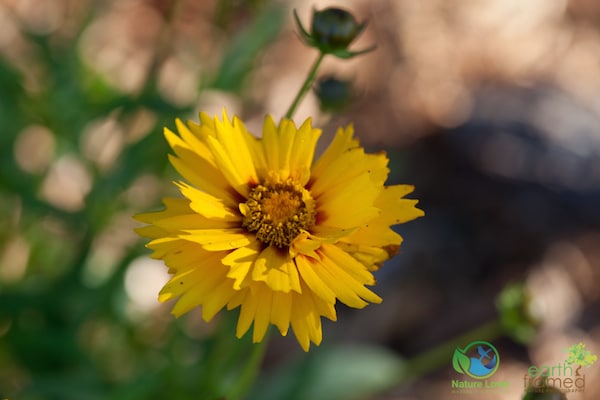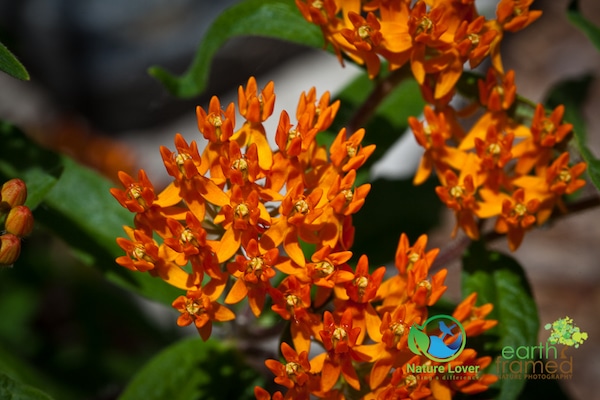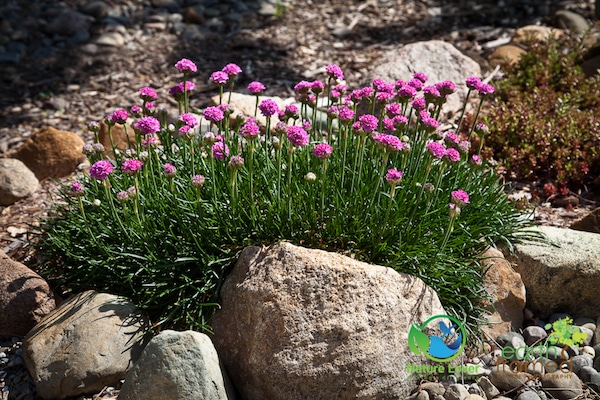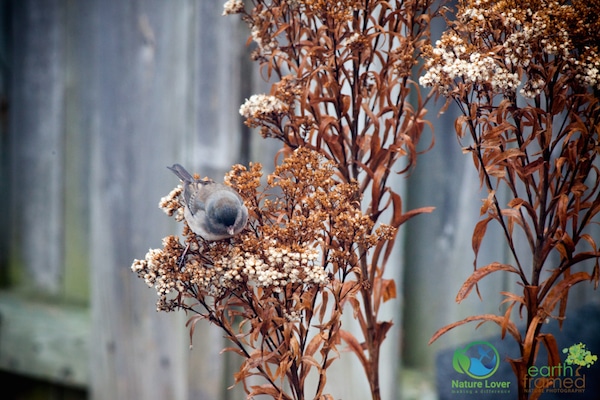Weeks after the pollinators gardens were planted I took the last pictures of blooming plants before we headed out on our 38 day camping trip up north. We missed a lot of flowers blooming while we were gone, so there won’t be a July 2015 post of our pollinator garden.
The two new pollinator gardens are exclusively native species. We have some non-native plants in other gardens and we have removed a few and kept others that are healthy and thriving.

This is one of two Tickseed plants that we bought from Homedepot and Canadian Wildlife Federation. This Tickseed Coreopsis is already budding in the location that we planted it. 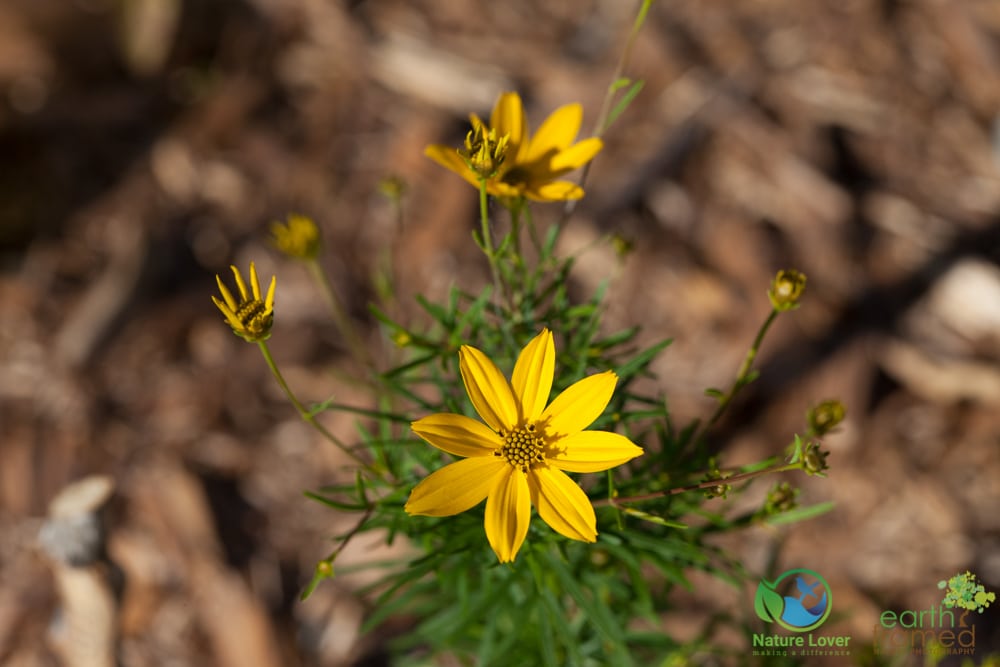
The second Tickseed has already started to bloom with it’s gorgeous yellow, daisy like flowers. this plant will provide colour for the garden until the first frost in the fall. The species is a must for low maintenance, high visual impact native gardens.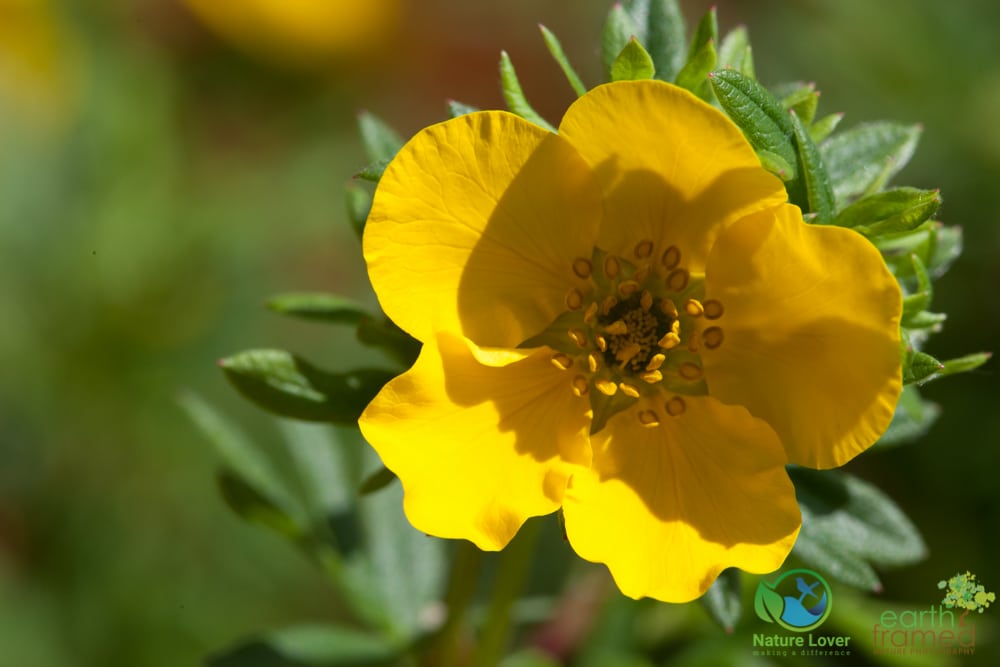
Our Potentilla bushes , after being cut back last year, are growing well and are full of buds and flowers. This bush attracts a lot of bees and flies throughout the season.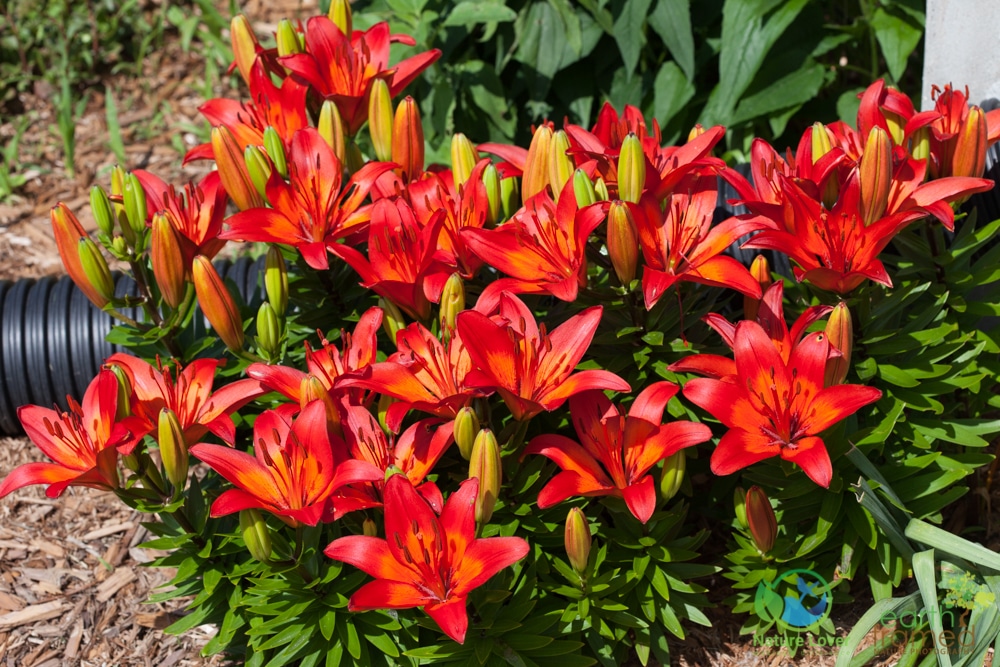
These lilies were planted by the last owners but we find them quite pleasing. They are very short, compared to other lilies, and have been multipling since we added some better soil to the area. The punch of red and orange is always welcome in a garden and they are very showy but have required very little maintenance. 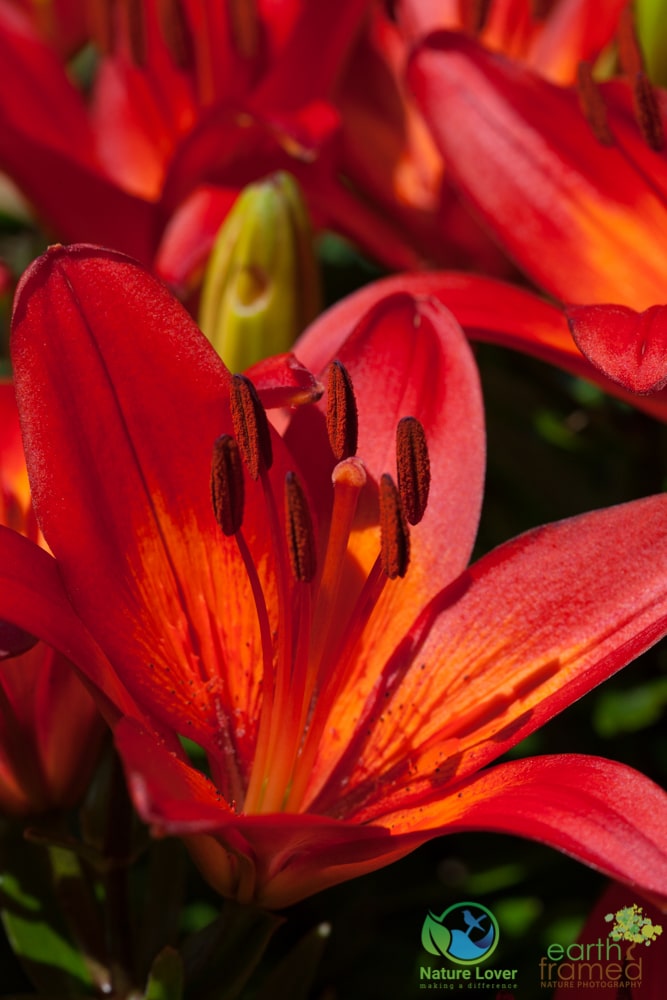
Aren’t they beautiful? Several different insects help with this plant’s reproductive process. The insects will move from flower to flower, carrying pollen from the stamens to the pistils. That pollen then makes its way down the style to the ovary where a seed is formed in a small pod. 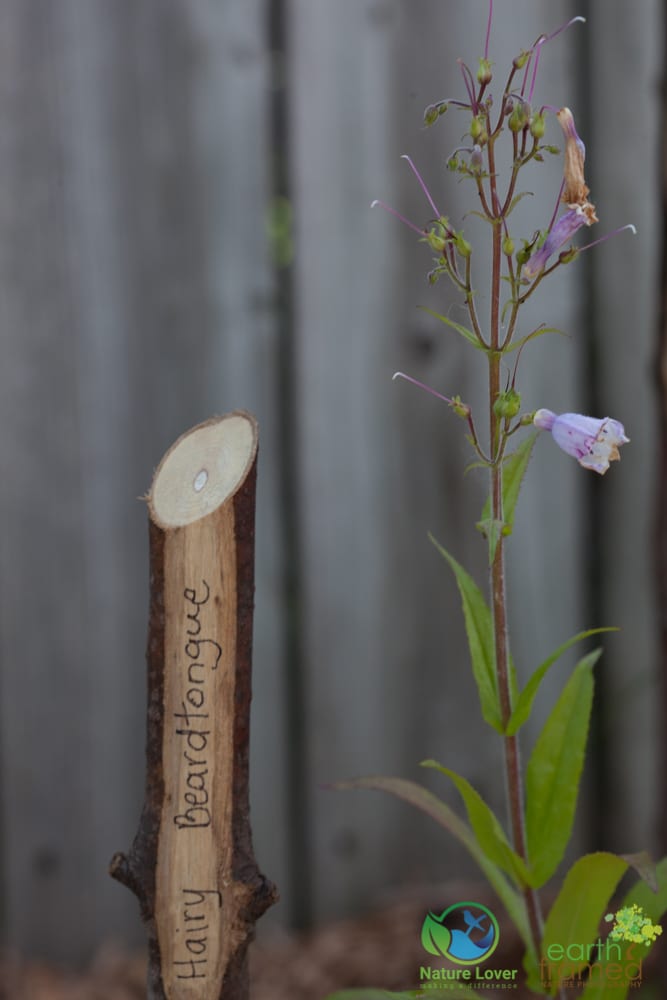
Only one of our Beardtongue plants flowered in 2015 but they are a very pretty, delicate thing. Beardtongues belong to the Penstemon genus which includes about 250 species worldwide. The Hairy Beardtongue is a native plant that come in a variety of colours and produce fairly irregular flowers.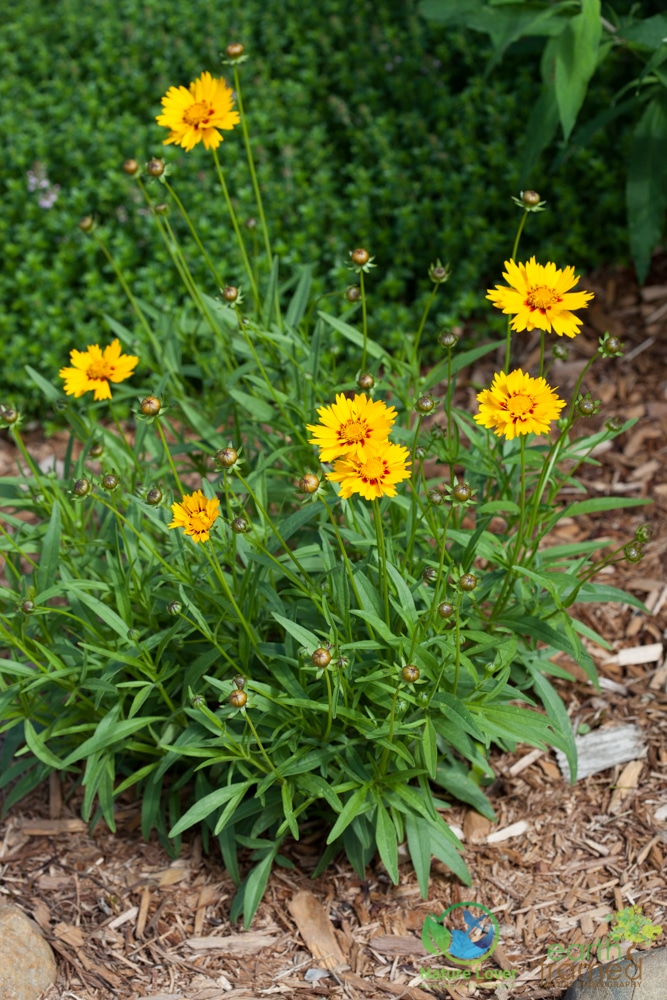
This plant was bought from the local garden centre several years ago before we decided to plant only native species. I believe it is a cultivated Lance-leaved Coreopsis, another type of Tickseed. It is very hardy and requires little watering or maintenance. 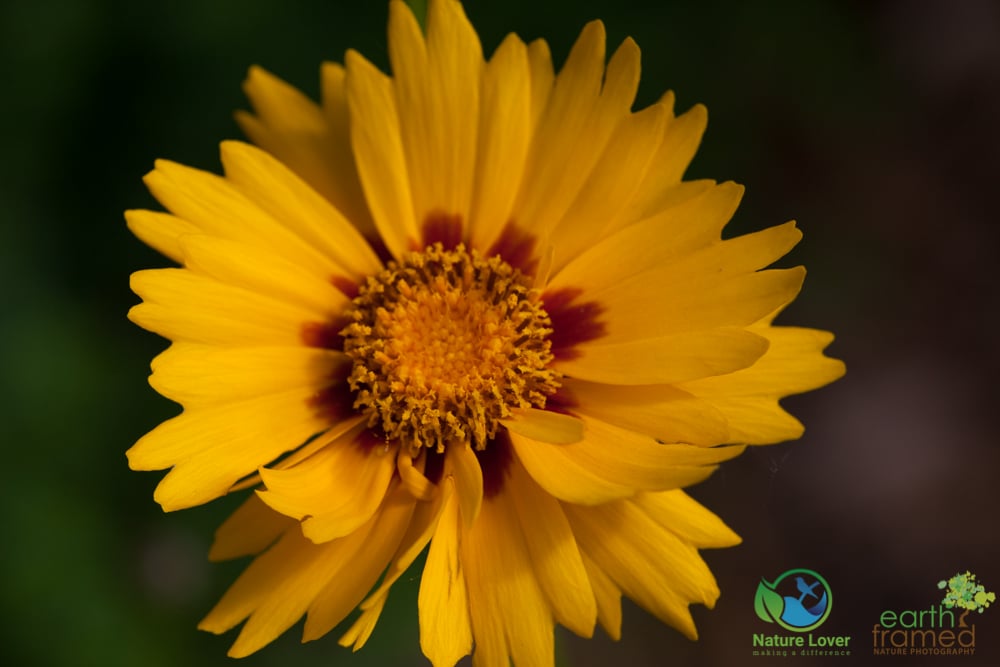
An up-close picture of the flower itself shows the daisy like flower head with the inner disk which helps identify it as part of the sunflower family. In Japan and China this plant is considered an invasive species.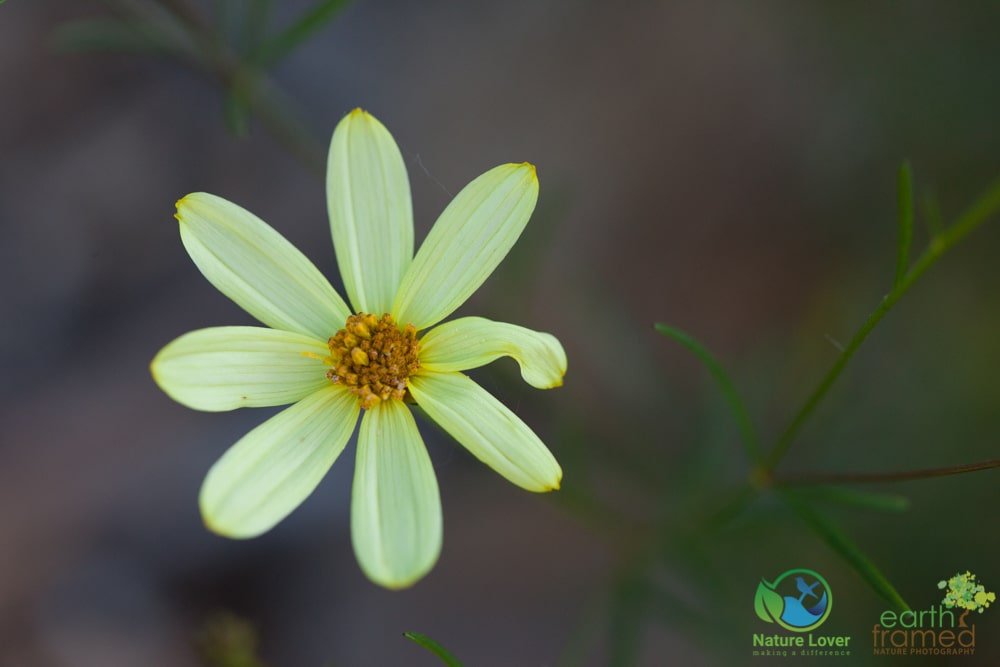
Another example of a tickseed species that we planted years ago in our garden. This plant spreads well and, like the other Tickseeds, it will bloom in July and keep blooming until the first frost in the fall. Like the other species of coreopsis we have in the garden, it requires little water or work after it is established.


